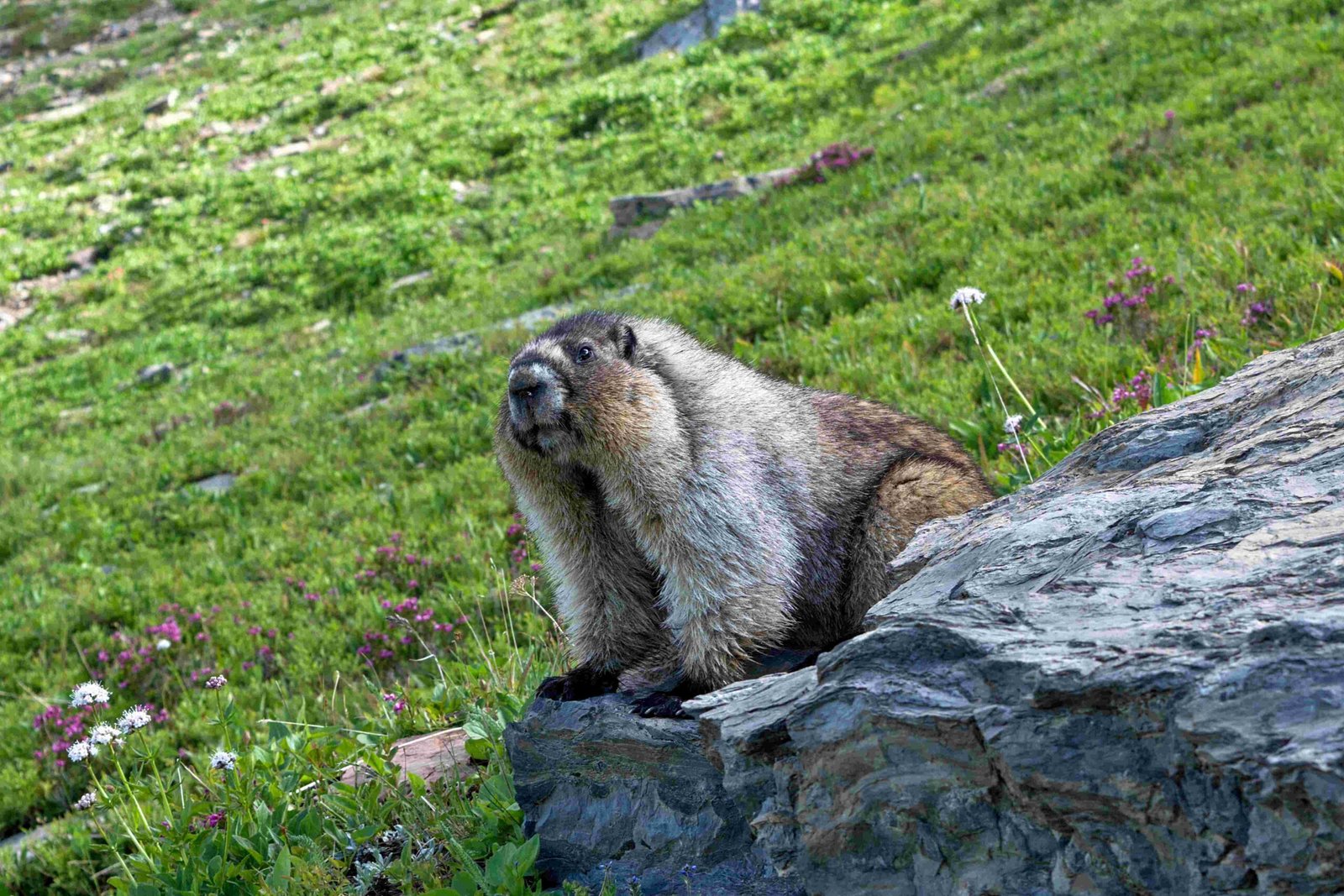Glacier National Park, known as the ‘Crown of the Continent,’ has a rich history spanning billions of years. From its geological formation to indigenous inhabitation and eventual establishment as a national park, this area has witnessed significant changes. The park’s diverse ecosystems, stunning landscapes, and cultural importance have made it a treasured natural wonder and a testament to conservation efforts.
What are the Key Geological Events in Glacier National Park’s History?

The geological history of Glacier National Park is a testament to the power of natural forces over billions of years:
- 1.6 Billion – 800 Million B.C.: Formation of the Rocky Mountains
- 100 Million B.C.: Deposition of marine sediments
- 18,000 B.C.: Last ice age carves the landscape
- 12,000 B.C.: Glaciers begin retreating
These events shaped the park’s iconic features, including:
- U-shaped valleys
- Cirques
- Large outflow lakes
How Did Indigenous Peoples Interact with the Glacier National Park Area?

Indigenous peoples have a long and rich history with the area now known as Glacier National Park:
- 10,000 B.C.: First human inhabitants arrive
- Pre-1800s: Area inhabited by various tribes including:
- Blackfeet
- Flathead (Salish)
- Kootenai
- Shoshone
- Cheyenne
Indigenous interactions with the land included:
| Activity | Description |
|---|---|
| Hunting | Utilized park’s resources for game |
| Gathering | Collected plants for food and medicine |
| Spiritual Practices | Considered the land sacred |
| Seasonal Migration | Used mountains for shelter from harsh winters |
What Were the Major Events Leading to the Establishment of Glacier National Park?
The path to establishing Glacier National Park involved several key events:
- 1850s: Early white explorers begin to explore the region
- 1855: Lame Bull Treaty establishes Blackfeet Indian Reservation
- 1885: George Bird Grinnell’s first visit to the area
- 1891: Great Northern Railway crosses Continental Divide at Marias Pass
- 1895: Blackfeet cede mountainous parts of their treaty lands
- 1897: Area designated as a forest preserve
- 1901: George Bird Grinnell coins the term ‘Crown of the Continent’
- 1910: Glacier National Park officially established on May 11
How Has Glacier National Park Developed Since Its Establishment?
Since its establishment in 1910, Glacier National Park has seen significant development:
- 1910s: Great Northern Railway builds hotels and chalets
- 1920s-1930s: Construction of Going-to-the-Sun Road
- 1933-1942: Civilian Conservation Corps (CCC) undertakes conservation efforts
Notable Recognitions:
- 1932: Designated as part of the world’s first International Peace Park
- 1976: Named a Biosphere Reserve
- 1995: Waterton-Glacier International Peace Park becomes a World Heritage Site
What are the Significant Historical Landmarks in Glacier National Park?
Glacier National Park boasts several historical landmarks that tell the story of its development:
- Going-to-the-Sun Road
- Completed in 1932
- 53-mile scenic route
-
National Historic Civil Engineering Landmark
-
Historic Hotels and Chalets
- Built by Great Northern Railway in early 1900s
- Swiss-inspired architecture
-
National Historic Landmarks
-
Indigenous Sites
- Blackfeet Indian Reservation (eastern border)
- Flathead Indian Reservation (west and south)
How Have Conservation Efforts Shaped Glacier National Park’s History?
Conservation has been a crucial part of Glacier National Park’s history:
- 1897: Initial protection as a forest preserve
- 1910: Establishment as a national park to preserve natural beauty
- 1933-1942: CCC reforestation and trail construction
- Ongoing: Efforts to protect glaciers and combat climate change impacts
Conservation efforts have focused on:
- Preserving biodiversity
- Protecting wildlife habitats
- Maintaining water quality
- Balancing tourism with environmental protection
The history of Glacier National Park, the Crown of the Continent, is a testament to the power of nature and human efforts to preserve it. From its geological formation to its establishment as a national park and ongoing conservation efforts, Glacier continues to inspire and educate visitors about the importance of protecting our natural heritage.
References:
1. https://en.wikipedia.org/wiki/Glacier_National_Park_(U.S.)
2. https://www.montanapbs.org/programs/historyofglaciernationalpark/
3. https://www.nps.gov/glac/learn/historyculture/early-settlers.htm